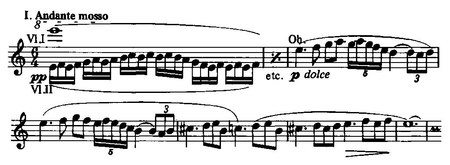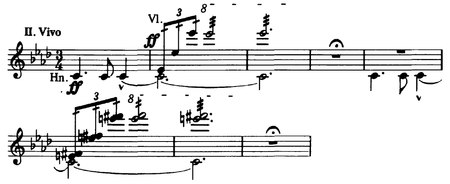Structure
The work has four movements:
- "The Fountain of Valle Giulia at Dawn" (La fontana di Valle Giulia all'alba)
- The first section shows this fountain at daybreak in "a pastoral scene, with sheep passing and disappearing in the fresh and humid mist of a Roman dawn". [3]
-


Triton Fountain, Rome - "The Triton Fountain in the Morning" (La fontana del Tritone al mattino)
- In the second section "it is like some joyous appeal at whose sound naiads and Tritons come trooping up, pursuing each other and mingling in a wild dance beneath the falling spray." [3] Figures of the Bernini fountain are seen nearby. The Tritons blow on conch shells, portrayed by the French horns.
-

Trevi Fountain, Rome - "The Trevi Fountain at Noon" (La fontana di Trevi al meriggio)
- "The Villa Medici Fountain at Sunset" (La fontana di Villa Medici al tramonto)
- The final section portrays a much more melancholic atmosphere. "It is sad in intent, delicate, restful. Bells toll for the Angelus. Birds twitter and there is a rustling and fluttering of leaves. Then follows the silence of night." [3]
-

- The fountain of Valle Giulia, at the entrance to the Villa Borghese gardens, designed by Cesare Bazzani in 1910
- The turtles on the basin of the fountain of Valle Giulia (not to be confused with the Turtle Fountain in Piazza Mattei)
- The fountain in front of the Villa Medici, designed by Annibale Lippi in 1589, and popularly known as the "cannonball fountain"
- "The basin of the Villa Medici," painted by Camille Corot [6]










